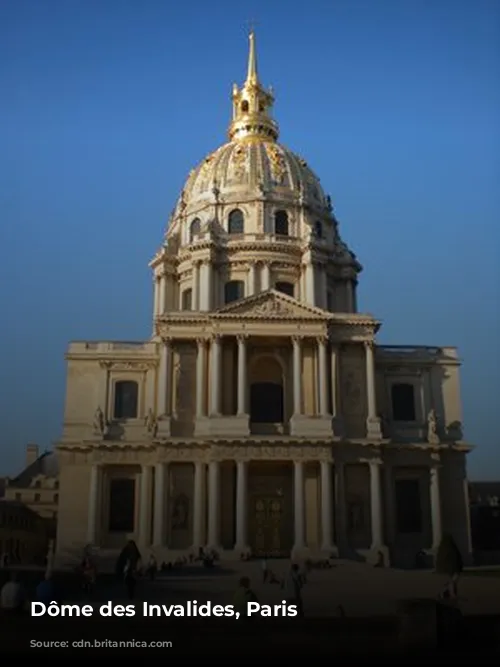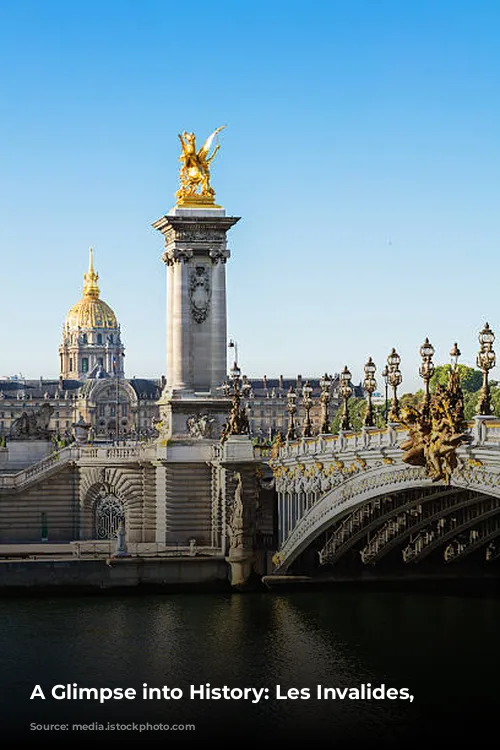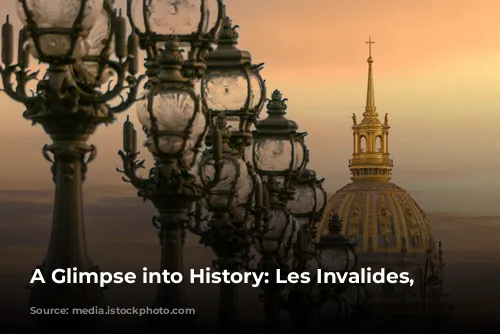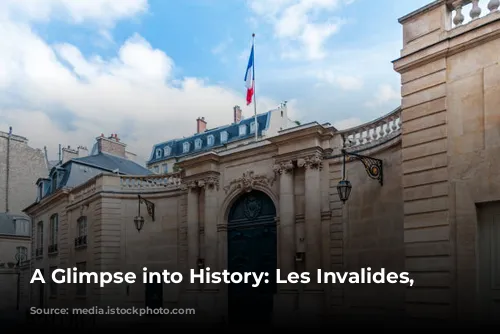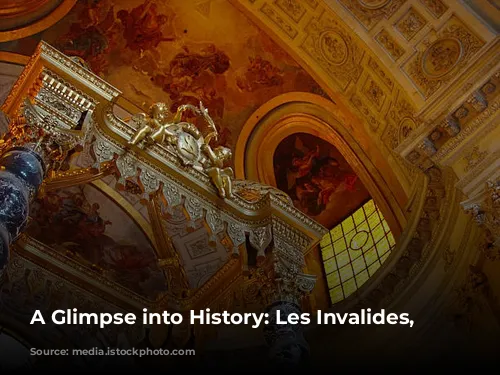Les Invalides is more than just a grand complex in the heart of Paris; it’s a testament to France’s rich military heritage, a place where history comes alive. This sprawling collection of 17th-century buildings and courtyards served a dual purpose: to provide care and shelter for disabled veterans and to serve as a place of worship. Today, Les Invalides boasts a diverse range of attractions, including museums, tombs, and even a functioning military hospital.
From Veterans’ Sanctuary to National Monument
The story of Les Invalides begins with King Louis XIV, who, in recognition of the sacrifices made by his soldiers, ordered the construction of this grand complex. The architect Libéral Bruant was tasked with creating a haven for veterans, and within five years, he completed the majority of the buildings. However, the design of the church presented a challenge. Bruant struggled to create a space that would serve both the residents and the king.
Pierre Fontaine, a renowned architect and designer, suggested a solution. He proposed adorning the nave of the church with enemy banners captured by victorious French armies. This brilliant idea transformed the space, turning it into the Église des Soldats (Soldiers’ Chapel), a symbol of France’s military prowess.
Jules Hardouin-Mansart, known for his masterful work on the Palace of Versailles, was brought in to design the royal chapel, known as the Église du Dôme (Dome Church). This magnificent structure, with its gold-leaf exterior and exquisite interior frescoes, became a testament to French architectural grandeur. The Dome Church features a breathtaking fresco by Charles de La Fosse depicting Louis IX (St. Louis) presenting his sword to Christ. The two chapels were connected by an oval sanctuary, creating a harmonious blend of military history and religious devotion. This unique hybrid church was dedicated to Louis IX, France’s most revered soldier-king.
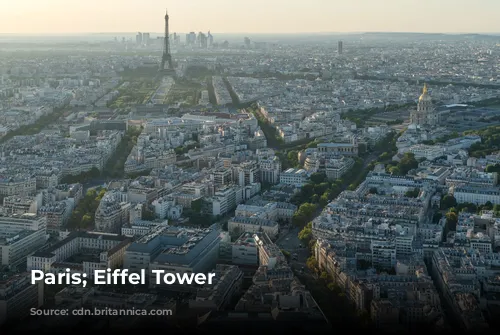
A Tapestry of History and Remembrance
Les Invalides played a significant role in the events of the French Revolution. On July 14, 1789, the revolutionary mob that stormed the Bastille prison used firearms and cannon looted from Les Invalides, highlighting the complex’s military significance.
In the 19th century, the Dome Church underwent a profound transformation. Its floor was removed, and its crypt was converted into the final resting place of Napoleon I. The tomb, with its majestic red porphyry sarcophagus and five nested coffins, was designed by Louis-Tullius-Joachim Visconti, an Italian-born architect, and was finally completed in 1861, 40 years after Napoleon’s death.
Les Invalides also serves as the eternal home for Napoleon II, Napoleon’s brothers Joseph and Jérôme Bonaparte, and several renowned French marshals and generals. The crypt of the Soldiers’ Chapel, known as the Caveau des Gouverneurs (Governors’ Crypt), houses the remains of other notable figures, including Claude-Joseph Rouget de Lisle, the composer of the French national anthem, “La Marseillaise.”

A Living Legacy: Museums, Hospitals, and a Place of Worship
Beyond the tombs and chapels, Les Invalides is a vibrant hub of history and culture. The Army Museum (Musée de l’Armée), housed within the complex since 1905, boasts an extensive collection of arms, armor, paintings, and decorations spanning centuries of French military history.
Two smaller museums, the Museum of the Order of the Liberation (Musée de l’Ordre de la Libération) and the Musée des Plans-Reliefs, complement the Army Museum. The Museum of the Order of the Liberation honors France’s heroes of World War II, while the Musée des Plans-Reliefs showcases intricate relief models of fortified cities, created between the 17th and 19th centuries.
Despite its rich historical significance, Les Invalides continues to serve its original purpose. A military hospital remains in operation within the complex, and the headquarters of the military governor of Paris are also located there. Furthermore, the Soldiers’ Chapel, now known as the Cathédrale St.-Louis des Invalides, continues to serve as a Roman Catholic house of worship, ensuring that this extraordinary complex remains a living testament to France’s military and religious traditions.
In conclusion, Les Invalides stands as a multifaceted monument that seamlessly blends history, art, religion, and military heritage. From its origins as a haven for veterans to its present status as a renowned tourist destination and active military complex, Les Invalides offers a captivating glimpse into the heart and soul of France. A visit to this remarkable site is a journey through time, leaving visitors with an unforgettable experience and a newfound appreciation for France’s rich and enduring legacy.

